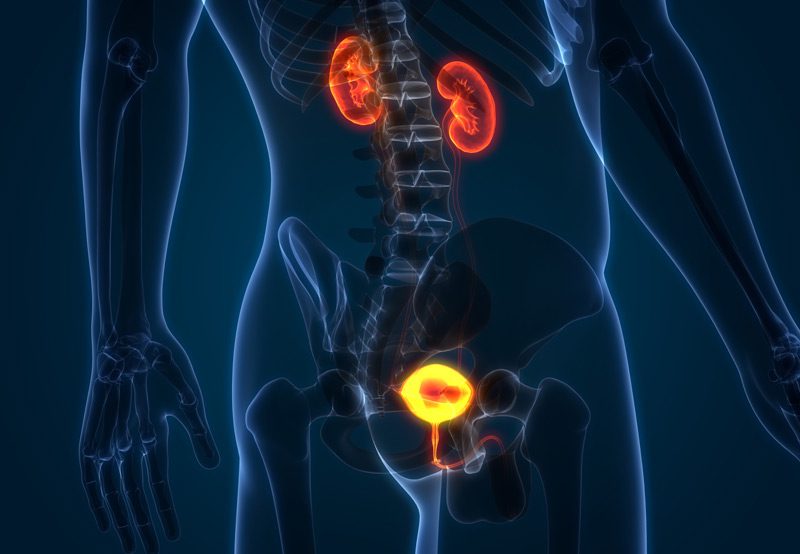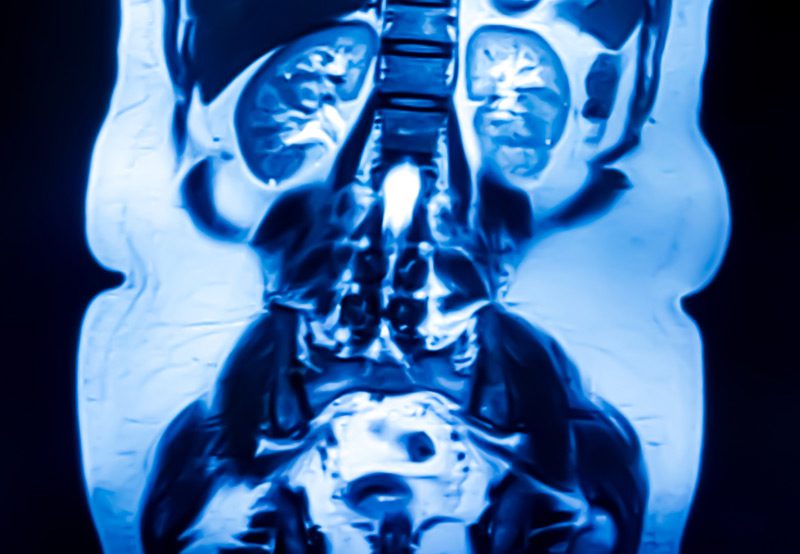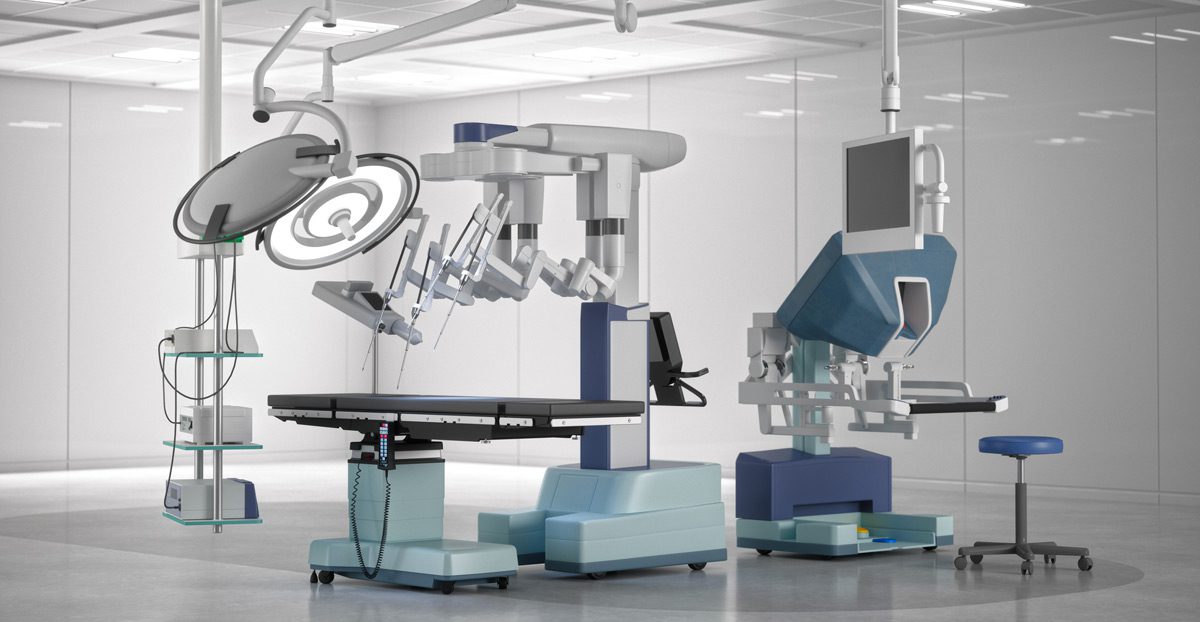

Nephroureterectomy is a surgical procedure used to remove the kidney, ureter, and a portion of the bladder, typically to treat upper tract urothelial carcinoma (UTUC) or other malignancies affecting the lining of the kidney and ureter. This procedure is often necessary when cancer is located within the renal pelvis or ureter and cannot be effectively managed with conservative or endoscopic approaches.
Causes of Ureter and Kidney Lining Cancers
The most common reason for a nephroureterectomy is upper tract urothelial carcinoma, which affects the cells lining the renal pelvis and ureter. Risk factors for UTUC include:
- Tobacco Use: The most significant risk factor for urothelial cancers
- Occupational Exposures: Chemical exposure, such as to aniline dyes or aromatic amines
- Chronic Inflammation: Recurrent infections or long-term irritation in the urinary tract
- Genetic Conditions: Such as Lynch syndrome, which increases the risk of urothelial cancers

Diagnosis
Before recommending nephroureterectomy, urologists typically perform a combination of diagnostic tests to confirm the presence and extent of cancer:
- CT Urography or MRI: To visualize the urinary tract and identify suspicious masses
- Urine Cytology: To detect abnormal or cancerous cells in the urine
- Ureteroscopy with Biopsy: To directly visualize and sample the tumor for pathology
- Cystoscopy: To evaluate the bladder, which may harbor synchronous tumors
Treatment Options
Nephroureterectomy may be performed using one of the following surgical techniques:
- Open Surgery: A traditional approach with a larger incision
- Laparoscopic Surgery: A minimally invasive technique using small incisions and a camera
- Robotic-Assisted Surgery: Offers enhanced precision and shorter recovery times
The surgery involves removal of:
- The entire kidney
- The ureter on the affected side
- A cuff of bladder tissue where the ureter inserts, to reduce recurrence risk
Lymph nodes may also be removed if cancer spread is suspected.
Next Steps
If you’ve been diagnosed with upper tract urothelial carcinoma or a similar condition affecting the kidney and ureter, your urologist may recommend nephroureterectomy as a definitive treatment. After surgery, follow-up care typically includes surveillance imaging and possible additional treatments such as intravesical therapy or chemotherapy, depending on the stage and grade of the tumor. Early detection and prompt surgical intervention can significantly improve long-term outcomes.
